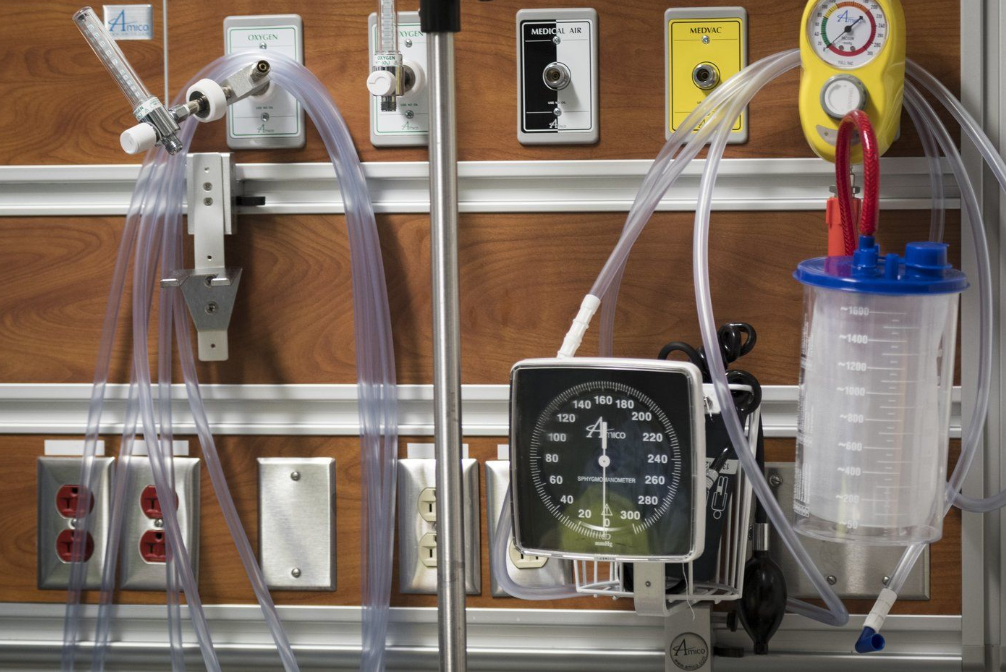Walking pneumonia on the rise in parts of Canada, doctors say
Dr. Camille Lemieux, with over three decades of experience, highlights the importance of healthcare professionals recognizing this surge in cases because the wrong treatment could leave patients struggling longer.

Doctors across parts of Canada are noticing an uptick in cases of walking pneumonia, particularly among children, as respiratory viruses make their usual rounds.
This mild form of pneumonia presents with symptoms like fever, fatigue, and cough, but can escalate to severe cases in rare instances, leaving patients with difficulty breathing or high fevers.
Dr. Earl Rubin, from Montreal Children's Hospital, notes a surprising trend: toddlers, an age group less commonly affected, are now presenting with this bacterial infection, a shift from the usual prevalence among school-aged children and young adults.
The rise in cases is being reported in Ontario, Quebec, and British Columbia, despite walking pneumonia not being officially tracked by public health agencies.
What’s unique about walking pneumonia is that it requires a distinct antibiotic treatment compared to regular pneumonia.
Dr. Camille Lemieux, with over three decades of experience, highlights the importance of healthcare professionals recognizing this surge in cases because the wrong treatment could leave patients struggling longer.
The issue is amplified by the CDC’s report of a similar surge in the U.S. earlier this year, particularly in younger children.
This emerging trend calls for a creative approach in both treatment and public health response—perhaps tapping into more digital health tools or predictive models to spot these trends early.
Additionally, raising awareness within communities through unique public health campaigns might help parents recognize early symptoms and seek prompt care, preventing unnecessary complications.





